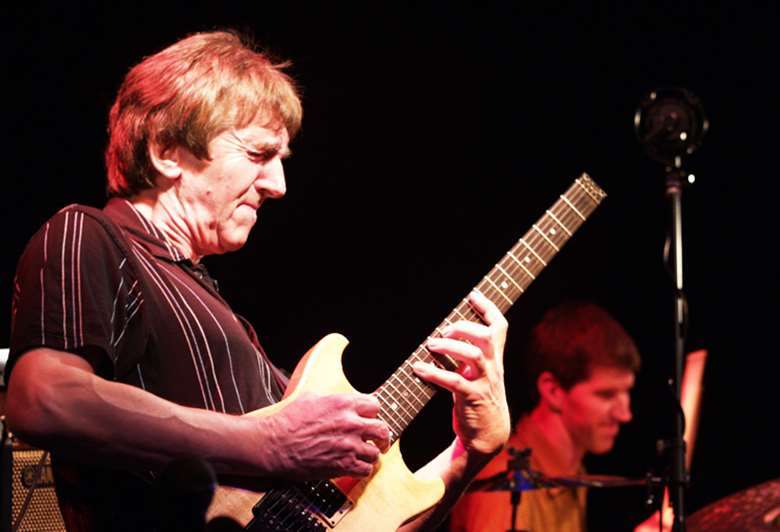Jazz-Rock Guitar Genius Allan Holdsworth Dies Age 70
Tuesday, April 18, 2017
The passing of Allan Holdsworth on Easter day has robbed the world of jazz, rock and, damnit, the world in general of a unique voice.


Register now to continue reading

Thank you for visiting Jazzwise.co.uk. Sign up for a free account today to enjoy the following benefits:
- Free access to 3 subscriber-only articles per month
- Unlimited access to our news, live reviews and artist pages
- Free email newsletter